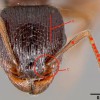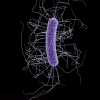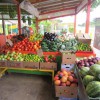 Extension agents can assist Florida farmers and ranchers in the labeling, sale, and promotion of locally-produced products. This six part series of 3- to 5-page fact sheets provides information about Florida consumers’ perceptions of local food to Extension faculty who are interested in local food programming or who work with local food clientele. Written by Joy N. Rumble and Caroline G. Roper, and published by the UF Department of Agricultural Education and Communication, September 2014.
Extension agents can assist Florida farmers and ranchers in the labeling, sale, and promotion of locally-produced products. This six part series of 3- to 5-page fact sheets provides information about Florida consumers’ perceptions of local food to Extension faculty who are interested in local food programming or who work with local food clientele. Written by Joy N. Rumble and Caroline G. Roper, and published by the UF Department of Agricultural Education and Communication, September 2014.
http://edis.ifas.ufl.edu/topic_series_talking_local
In this series:
- Florida Consumer Definitions of Local Food
- Florida Consumers’ Local Food Purchasing Behaviors
- Florida Consumers’ Reasons for Purchasing Local Food
- Florida Consumers’ Food Buying Decisions when Given Local Food Information
- Florida Consumers’ Flexibility with the Term “Local”
- Florida Consumers’ Fresh from Florida Perceptions

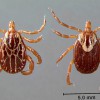
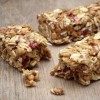


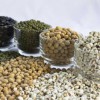
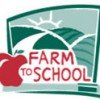
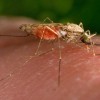



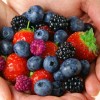
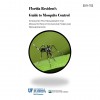 This 40-page publication describes how homeowners can use an integrated pest management (IPM) program to help decrease pesticide use, reduce the risk of contracting mosquito-borne diseases, and ease the financial burden on local governments responsible for area-wide control. Modern mosquito control emphasizes source reduction to eliminate areas where mosquitoes thrive; surveillance to determine whether pesticide applications are necessary; screening; sanitation; and other techniques described in this document. The methods recommended in this publication are particularly effective in reducing mosquitoes that transmit diseases. Homeowners who take responsibility for identifying and eliminating sources of mosquito production around their homes and neighborhoods will improve health and quality of life for all Florida residents. Written by C. R. Connelly, E. Bolles, D. Culbert, J. DeValerio, M. Donahoe, K. Gabel, R. Jordi, J. McLaughlin, A. S. Neal, S. Scalera, E. Toro, and J. Walter, and published by the UF Department of Entomology and Nematology, September 2014.
This 40-page publication describes how homeowners can use an integrated pest management (IPM) program to help decrease pesticide use, reduce the risk of contracting mosquito-borne diseases, and ease the financial burden on local governments responsible for area-wide control. Modern mosquito control emphasizes source reduction to eliminate areas where mosquitoes thrive; surveillance to determine whether pesticide applications are necessary; screening; sanitation; and other techniques described in this document. The methods recommended in this publication are particularly effective in reducing mosquitoes that transmit diseases. Homeowners who take responsibility for identifying and eliminating sources of mosquito production around their homes and neighborhoods will improve health and quality of life for all Florida residents. Written by C. R. Connelly, E. Bolles, D. Culbert, J. DeValerio, M. Donahoe, K. Gabel, R. Jordi, J. McLaughlin, A. S. Neal, S. Scalera, E. Toro, and J. Walter, and published by the UF Department of Entomology and Nematology, September 2014.
